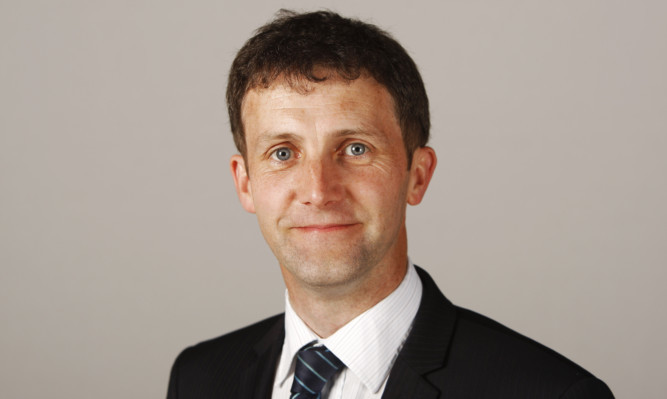Research into the workings of juries is needed before removing the “not proven” verdict from the Scottish criminal justice system can be considered by parliament, the Justice Secretary has said.
Michael Matheson said the proposal – which is contained in Labour MSP Michael McMahon’s members’ bill – must be based on clear evidence.
Appearing at Holyrood’s Justice Committee, he said amendments to Scotland’s three-verdict system were also “interlinked” to other changes, such as jury size and jury majority, and must be considered at the same time.
The Criminal Verdicts (Scotland) Bill would remove the “not proven” verdict as an option in criminal trials, leaving possible verdicts of “guilty” and “not guilty”, and change the rules so that at least two-thirds of jurors would have to be in favour of a guilty verdict.
The Justice Secretary said he is “not unsympathetic” with the Bill’s aims but that the proposals should be considered alongside the work the Scottish Government is doing to take forward Lord Bonomy’s recommendations around the safeguards for the abolition of corroboration.
An expert group led by former High Court judge Lord Bonomy last year recommended the requirement for corroboration be retained when it comes to hearsay as well as confession evidence.
Mr Matheson, therefore, took the decision to remove the proposal from the Criminal Justice (Scotland) Bill but stated the Government “still believes that there is a case to be made” for its abolition.
He said the measure should be revisited once Lord Bonomy’s recommendations, which include jury research, have been taken forward.
He said: “I see it (corroboration) as an area of unfinished business.
“But to return to that, I believe that it is important that we take forward the recommendations that were set out by Lord Bonomy. Part of that is the specific areas around jury size, jury majorities and the three verdicts.”
He added: “I believe these are all interlinked, and that is why I don’t believe it is wise to look at changing one … or even two of these three things without having a better understanding of the impact they will actually have on how the system operates.”
Mr McMahon, who also appeared before the committee, pointed out previous proposals to scrap corroboration had not considered making changes to the verdicts juries could consider, and added: “Why all of a sudden do we have to hold back on the not proven because the corroboration aspect got into some difficulty?
“If there was a link between corroboration, not proven and the majorities, then why wasn’t that made at the time corroboration was the main issue that was being looked at in the criminal justice system?
“There appears to be an argument being made now that there is an inextricable link between the two, and if that was the case why was this not part of the last Criminal Justice (Scotland) Bill which looked at corroboration?”
He went on to tell MSPs there is a “stigma attached to the not proven verdict”.
He added: “I think a ‘not proven’ verdict actually suggests that there may have been some evidence that they had done it, but there was not enough evidence to convict, and I don’t believe that is what a trial is there to achieve. It’s there to look at the evidence and arrive at a conclusion on guilt or not.”
